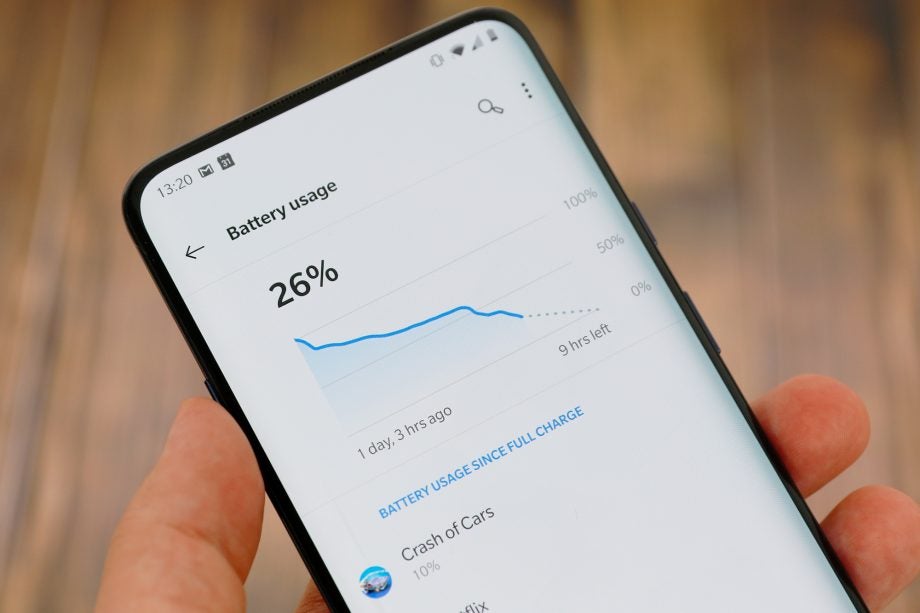You could soon get a lot more battery out of your phone, thanks to an OLED breakthrough

As smartphone displays get bigger and bigger, the batteries in our devices seem to stay pretty much the same, but a team of researchers at Imperial College London has provided hope for longer-lasting devices. They’ve developed a technique for a new type of OLED that offers twice the energy efficiency of existing OLED displays.
There are a lot of battery-saving perks that come with using OLED technology over LCD displays − the elimination of a power-hungry backlight, for one. There are also the energy-saving benefits of using dark mode on an OLED display that can switch off pixels that are not in use.
This doesn’t mean that this technology does not still waste a significant amount of energy, though.
Related: Best smartphone
Glare from external light sources is a huge problem when using your phone outside, and manufacturers are forced to add filters to reduce this glare on the display and allow devices to be usable outdoors.
Though the filters are crucial for improving readability, they also limit the amount of light that is able to come through the display. This means that up to half of the battery-intensive light emitted from your screen may not even reach your eyes.
According to researchers from the Departments of Physics and Chemistry at Imperial College London, it is actually possible to control the chemistry of the OLED materials used in the display to bypass the need for an anti-glare filter and extend smartphone battery life.
The team – made up of Dr. Jess Wade, Li Wan, Professor Matthew Fuchter and Professor Alasdair Campbell – discovered that it is possible to produce OLED displays that emit a special type of polarised light that would not be subject to glare from external light sources, and that would therefore last longer and have a lower carbon footprint.
Related: What is OLED?
“Our study suggests, for the first time, that by changing our OLED recipe we can generate efficient polarising OLEDs. The findings could make screens of all kinds brighter, with better contrast and longer life”, said Dr. Wade.
Aside from smartphone displays, this technology could have further applications in TV and smartwatches, as well as the storage, transmission and encryption of information.


